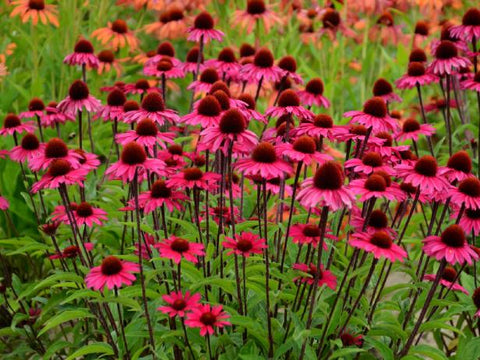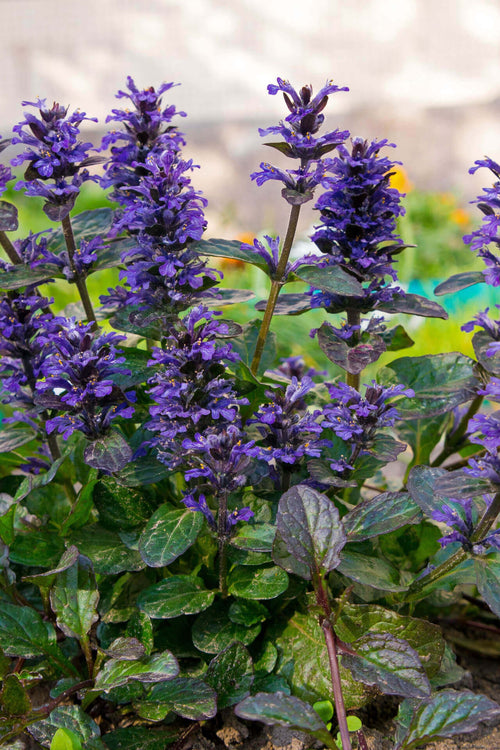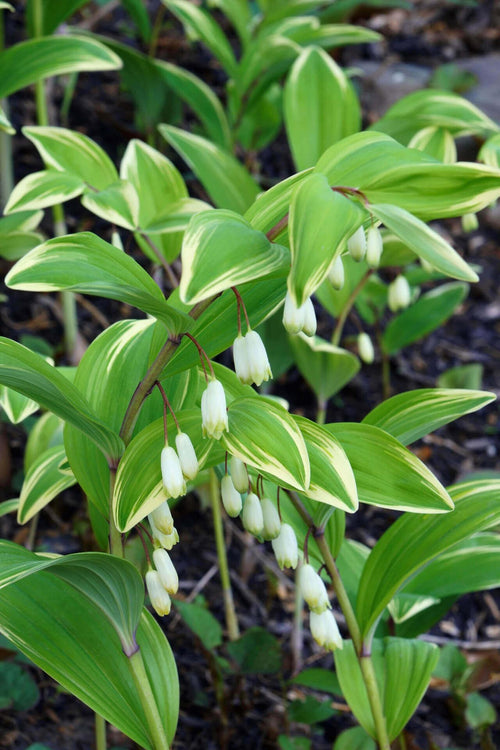Maintain your flower garden with these tips
TN Nurseries best selling perennials
Virginia bluebells
Trilliums
Daylilies
Perennials can offer an attractive and often low-maintenance landscaping solution for beginner and experienced gardeners alike. Unlike annuals, which will need to be replaced each year, perennials return from dormancy and grow and flower year after year. That provides the perfect opportunity to establish a garden and maintain it for years with relatively minimal effort, allowing you to reap the rewards of a beautiful garden.

Keeping your flower garden maintained
Whether you're planting flowerbeds or laying groundcover for your yard, here are five tips for maintaining a beautiful perennial garden:
1.) Establish good watering practices. Ensuring that your plants get the appropriate amount of water is the first and most vital key to success in any garden. For the best results, it's essential to cluster plants with similar water needs next to each other; planting a water-guzzling bloom in the same bed as a plant breeding for drought is an invitation for disaster.
Once you've established plants' water needs within an individual bed, you can set up an automatic watering system that will deliver the appropriate amount of hydration on a regular schedule. That will save you time on maintenance and can prevent wasteful over-watering and other problems.
2.)Determine your soil type. Soil conditions can differ significantly even within the same neighborhood, so don't assume that you can necessarily have success with the same plants as your neighbors. To be sure, assess your soil type before planting. Many plants will grow better in light, sandy soil than in dense clay-type soil. The chemical makeup of the land in your garden will also affect which plants grow best in that space. You can perform a pH and nutrient soil test to identify your property type and what additives it might need for success.
Once you know your soil type and have added compost and fertilizer, you can choose plants that will thrive in your home. Once they've taken root and established themselves, they'll reward your hard work by returning for years to come.
3.)Consider ornamental grasses. Whether planted on their own or used as filler, ornamental grasses provide useful groundcover. These groundcovers help with weed control and reduce the amount of time spent pulling weeds by hand or using chemical herbicides. Depending on your climate and watering needs, some ornamental grasses are available for the job.
For optimal grass health, keep the grasses trimmed and fertilized annually to provide ample nutrition to the roots. With just a little upkeep, these groundcovers can offer beauty that lasts all season.
4.)Choose the best plants for your environment. Because perennials will be long-term fixtures of the garden, it's essential to choose something hardy enough to last through the seasons and endure the local climate's natural weather and soil fluctuations. Bear in mind that some plants are more robust than others.
Just as groundcovers help with weed control, choosing hardy plants can help maintain your garden's health. Plants with strong roots and healthy growth are less susceptible to disease and weed invasion, and the best plants for the job are those suited to your growing conditions. Ask the nursery or a local gardening expert for advice on the best varietals for your garden.

5.) Remember cleanup and maintenance. Just because perennial plants return to bloom each spring or stay vibrant year-round doesn't mean they don't need a bit of upkeep. Even the hardiest plants require more than sun and water to do their best. Deadhead flowers encourage new blooms and keep the garden looking fresh. Remember to trim and prune to promote new growth, but leave enough behind to protect the plant against the winter cold. Also, remember to insulate the roots with mulch, especially when younger plants face a severe winter. Most plants will endure heavy pruning after they've finished blooming, but check individual care instructions for the plant in question.
For all your flower garden needs visit TN Nursery




















































